Stories of High-Quality Development | Accelerating construction of a modern industrial system
Driving the development of new quality productive forces through scientific and technological innovation and building a modern industrial system constitute the key pathway for China to anchor its goal of high-quality economic development, seize opportunities to gain strategic initiative, and achieve great national rejuvenation.
Currently, consumer-oriented, personalized, and flexible manufacturing products are rapidly becoming part of everyday life, fueling consumption upgrading. The prosperous growth of "new trio" products, namely electric vehicles, lithium-ion batteries, and photovoltaic products, has become a vivid symbol of green development. Photovoltaic power stations and pastures coexist in harmony creating a vivid picture of integrated development across the primary, secondary, and tertiary sectors.
"Behind all these tangible changes lies a deep transformation of China's modern industrial system," said Qu Yongyi, secretary of the Party Committee, Institute of Industrial Economics, Chinese Academy of Social Sciences (CASS) at People's Daily's "Stories of High-Quality Development." He added that to continuously push the modern industrial system to higher levels, the country must deeply grasp the requirements of this goal and their relations, advancing industrial intelligence, green development, and integration, and strive to build a modern industrial system that is well-structured, advanced, and secure.
Leveraging the supply advantages of a comprehensive industrial system
In the Audi-FAW super intelligent eco-factory, 824 robots move in sync, delivering two precise welds every second. 3D and 2D cameras work in tandem, spotting even the tiniest flaws, as small as a pinhole, and correcting them instantly.
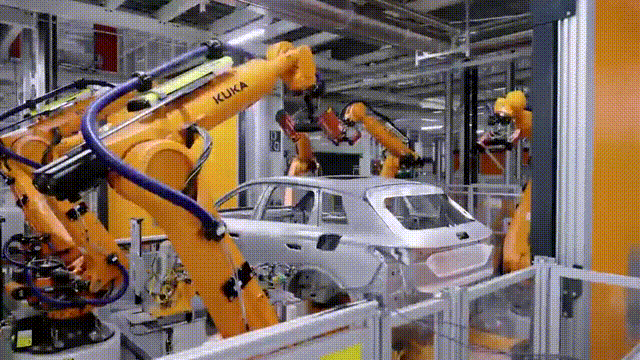
A complete industrial support system functions like the extensive root network of a towering tree, providing a solid foundation for this smart factory to thrive. With the factory at the center, draw a circle with a 30-minute drive as the radius—within that circle, you'll find half of the suppliers needed to assemble a car. If you expand the circle to include all of northeast China's Jilin Province, more than 70 percent of the parts in each vehicle come from right there.
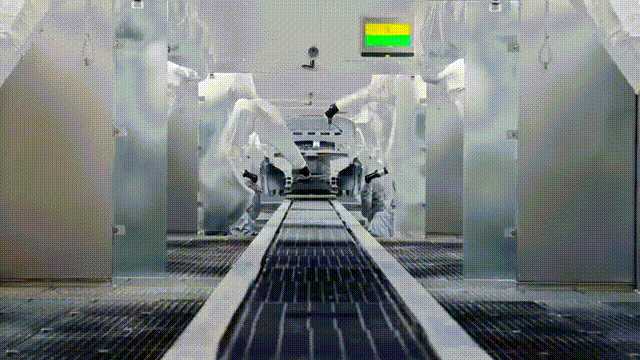
"A comprehensive industrial system serves as the critical foundation and distinctive advantage for building China's modern industrial system," Qu said. Since the 18th National Congress of the Communist Party of China (CPC), China's modern industrial system has made significant progress, forming a large-scale, comprehensive, and competitive industrial structure.
Seize the opportunities presented by the wave of new technological revolutions such as artificial intelligence
The research and development (R&D) of new materials is like cooking an exquisite dish without a recipe, mainly relying on experience-based trial and error, which is costly and time-consuming. At Nanjing Iron & Steel Co., Ltd., adoption of "AI chefs" transformed the traditional R&D paradigm by replacing experience-based trial and error with intelligent, data-driven decision-making in steel production.
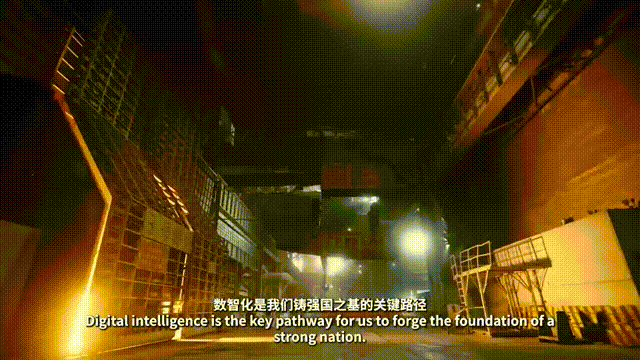
Instead of building a versatile large language model covering all the scenarios and processes, the research team adopted an approach of training a group of specialized scenario-specific models with domain expertise. Some focused on researching whether steel could meet strength design requirements, while others studied the low-temperature toughness of steel materials, allowing them to spontaneously collaborate, thereby achieving the prediction and calculation of various performance indicators.
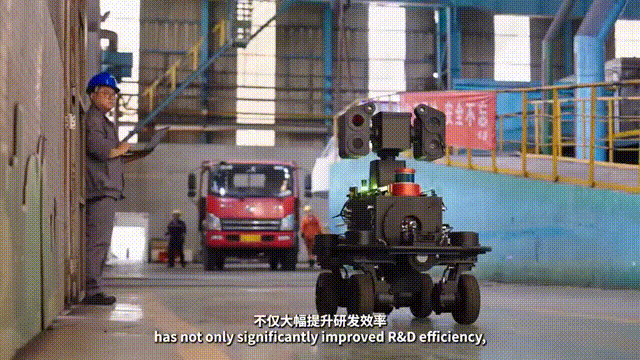
"Intelligent transformation stands as an imperative choice for seizing the wave of the new technological revolution and constructing a modern industrial system," Qu said. Supported by data, algorithms, and computing power, AI is becoming the key to breaking through bottlenecks in the development of traditional industries, accelerating the cultivation and expansion of emerging and future industries, and enhancing the resilience and security levels of industrial and supply chains.
Keep advancing the green transformation of the industrial system
At Tianwan Nuclear Power Plant, a 23-km pipeline steadily sends steam to the Lianyungang petrochemical base.
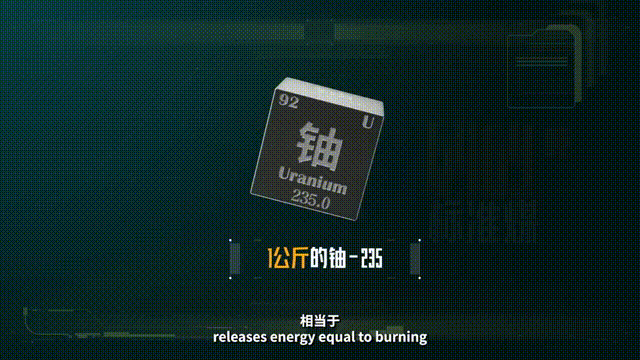
Nuclear energy is one of the most efficient clean energy sources, but if used solely for power generation, the utilization rate of nuclear energy is less than 40 percent.
Heqi No. 1, China's first nuclear steam supply project, is transforming nuclear energy from a single-purpose power source into industrial steam supply. Heqi No. 1 has delivered over 3.17 million tonnes of clean steam to the Lianyungang petrochemical base, equal to reducing 462,300 tonnes of standard coal consumption.
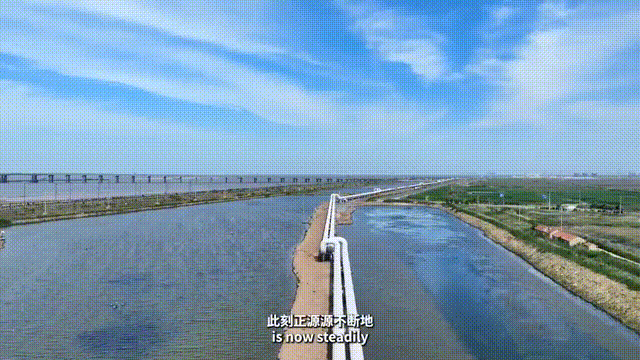
"Green transformation is the key pathway for China to achieve high-quality development and meet its 'Dual Carbon' goals," Qu noted. He added that China has already become one of the countries with the fastest decline in energy intensity globally. Driven by policy guidance, technological innovation, and market forces, the green transformation of China's industrial system continues to advance.
Enhancing the overall efficiency of industrial systems through integration
The comprehensive utilization of saline-alkali land is a worldwide challenge. In the spring of 2018, Yang Jigun, a saltwater rice breeding expert, flew over 5,000 kilometers from Shenzhen to Kashi, northwest China's Xinjiang Uygur Autonomous Region, bringing saltwater rice to the region.
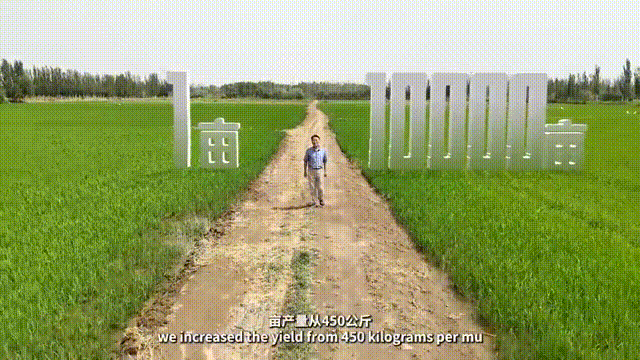
From a single mu of experimental land to a 10,000-mu demonstration base, the yield per mu increased from 450 kilograms to 853 kilograms.
Money is needed to expand cultivation and build factories, and conducting scientific research requires even more funding. Facing challenges in the commercialization of scientific and technological achievements, the deep integration of technology, finance, and industry is accelerating, turning the saline-alkali land into a "new granary."
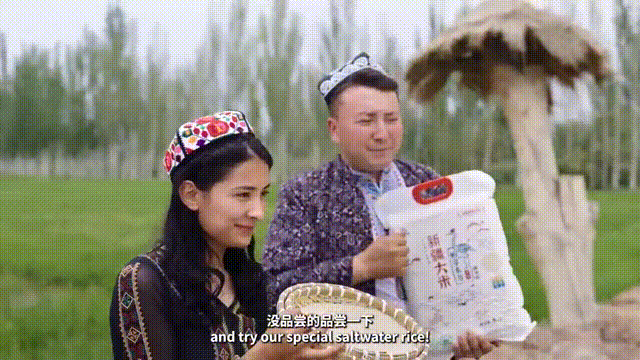
"Integration of industrial systems has become a distinctive feature and development trend of the modern industrial system, continuously enhancing the overall efficiency of industrial systems, " said Qu. He pointed out that with the deepening of the new round of technological revolution and industrial transformation, China is constantly witnessing the emergence of new technologies, new business models, and new formats, leading to increasingly evident cross-boundary integration among the primary, secondary, and tertiary industries.
Qu pointed out that China should seize the initiative in technological revolution and industrial transformation, promote industrial innovation with technological innovation, gather various resources to cultivate innovative enterprises through gradient cultivation, further optimize the business environment, and translate all positive factors into tangible results in building a modern industrial system, so as to inject powerful momentum for high-quality development during the 15th Five-Year Plan period.

 Scan the QR Code
Scan the QR Code